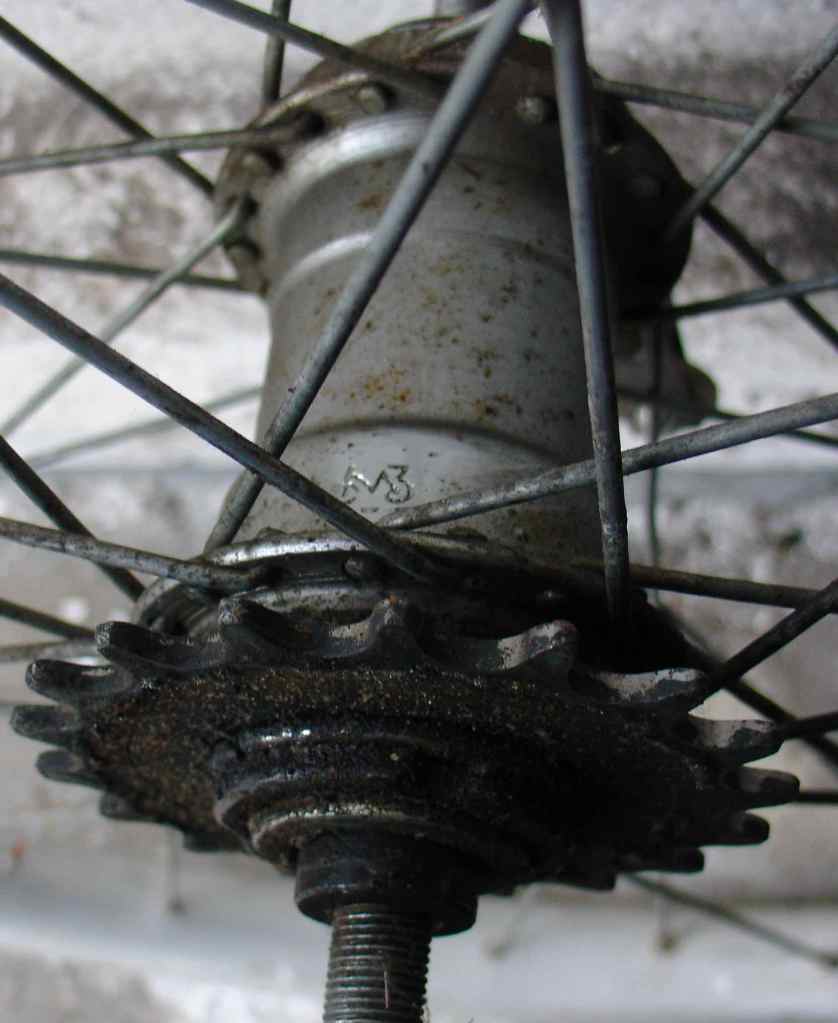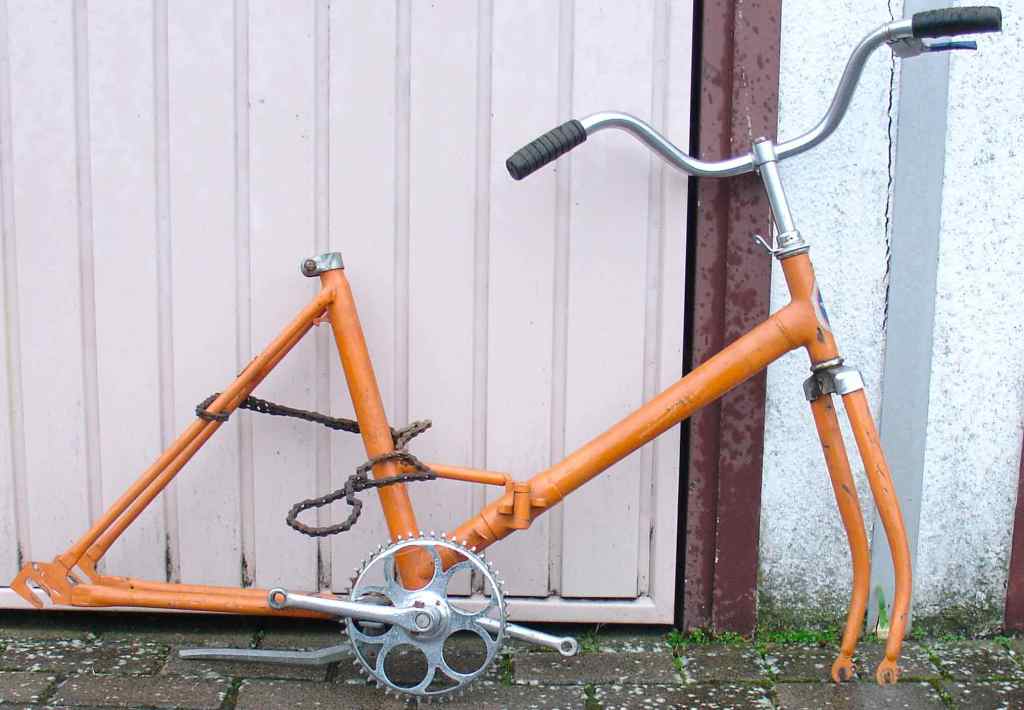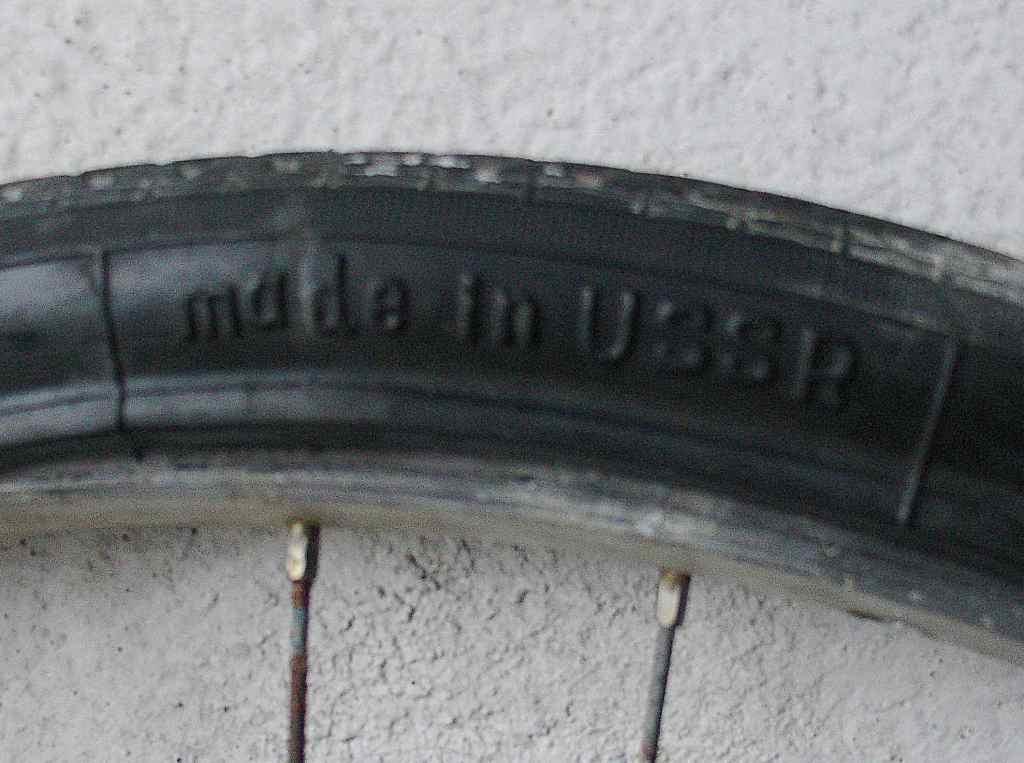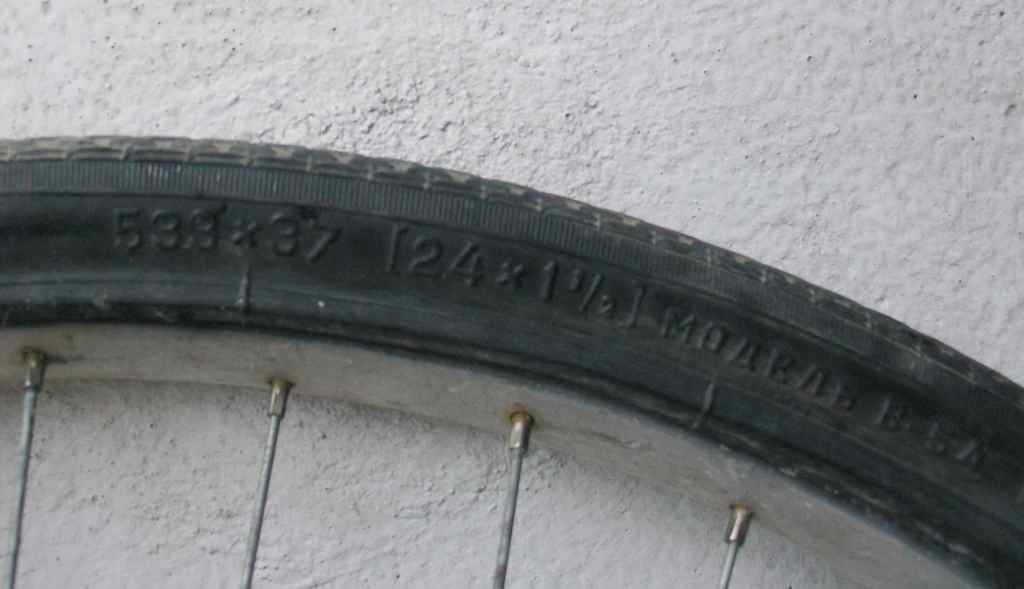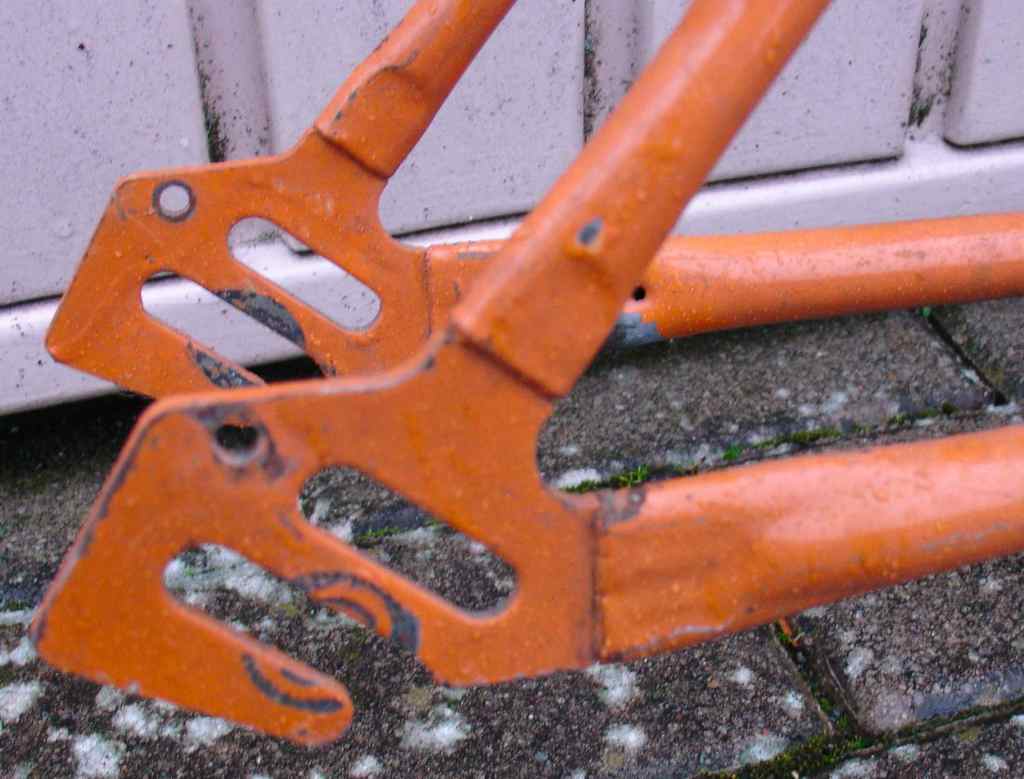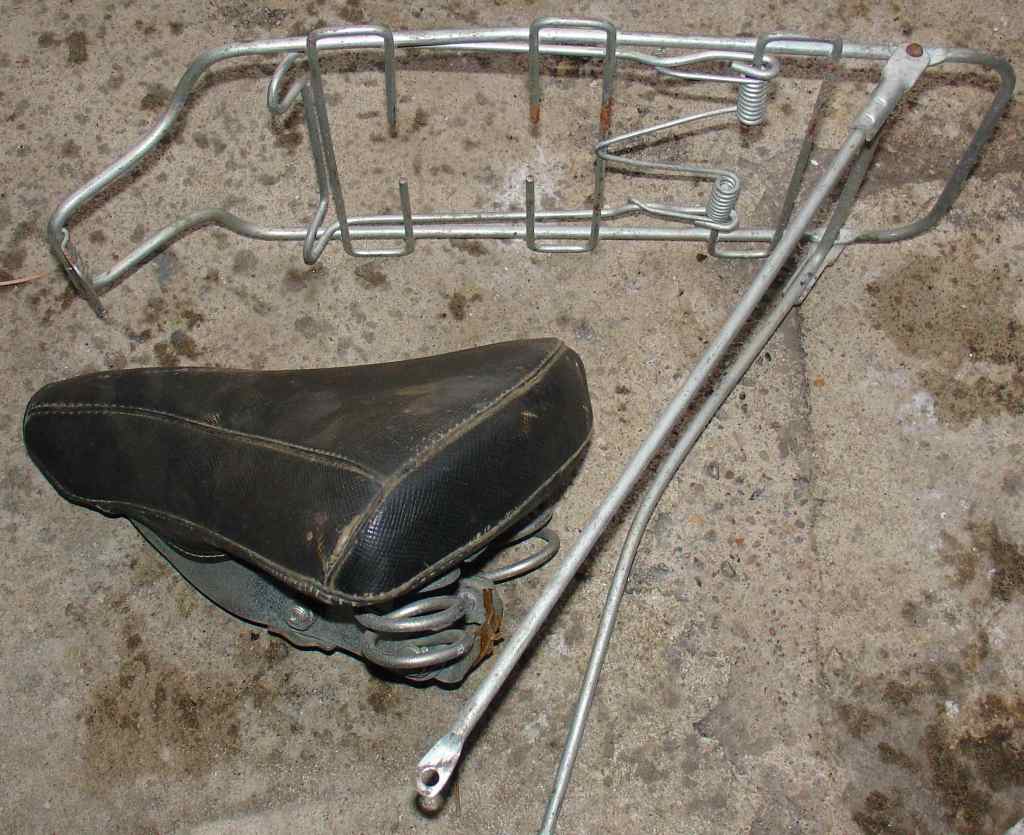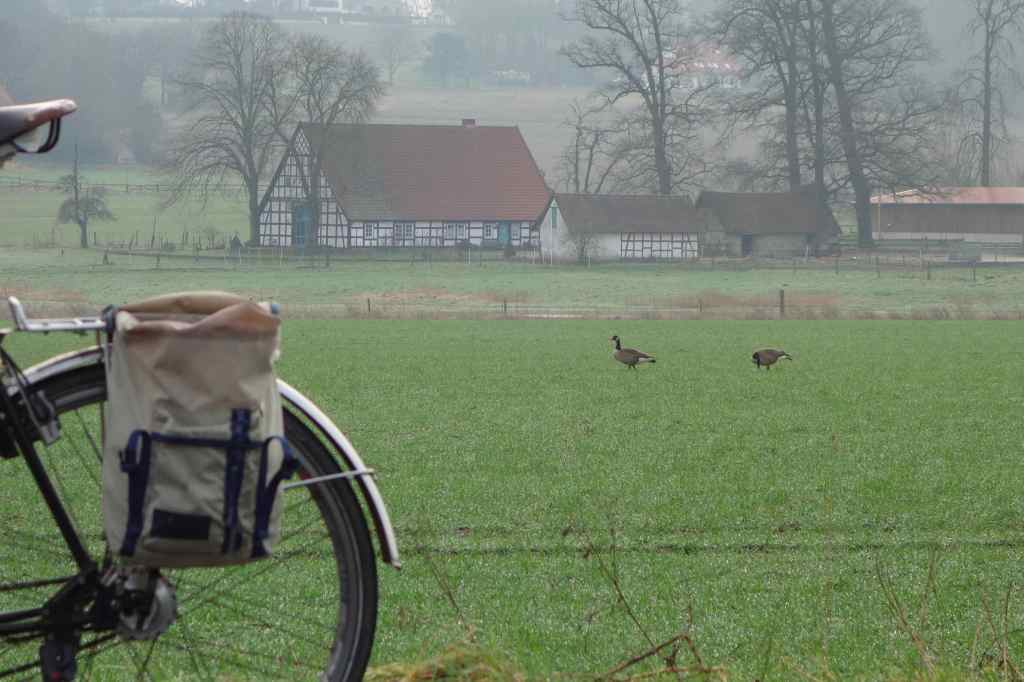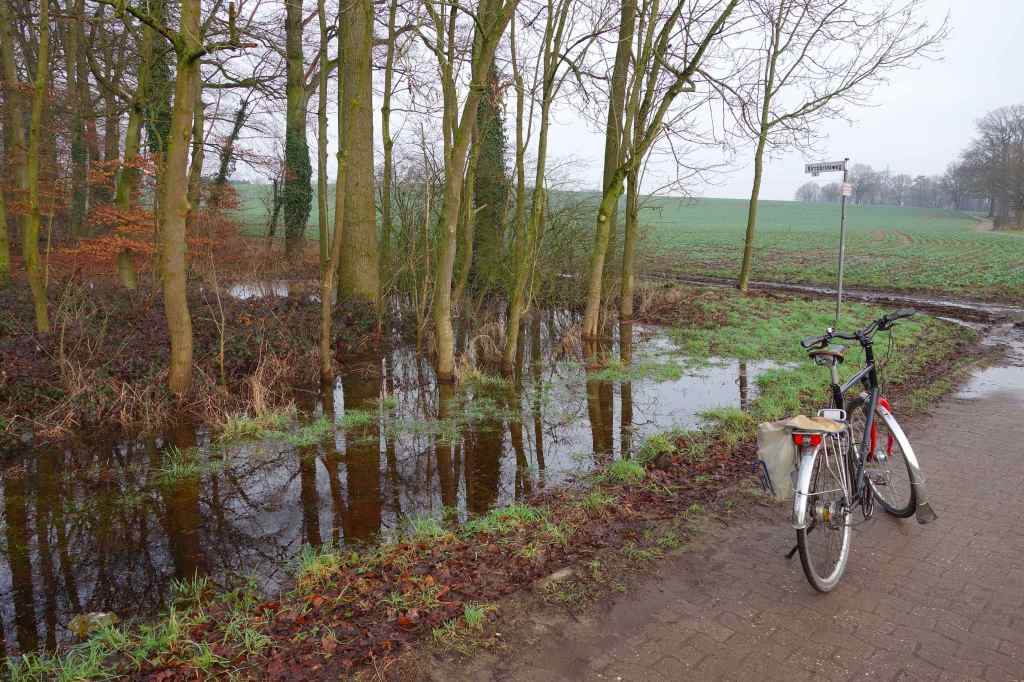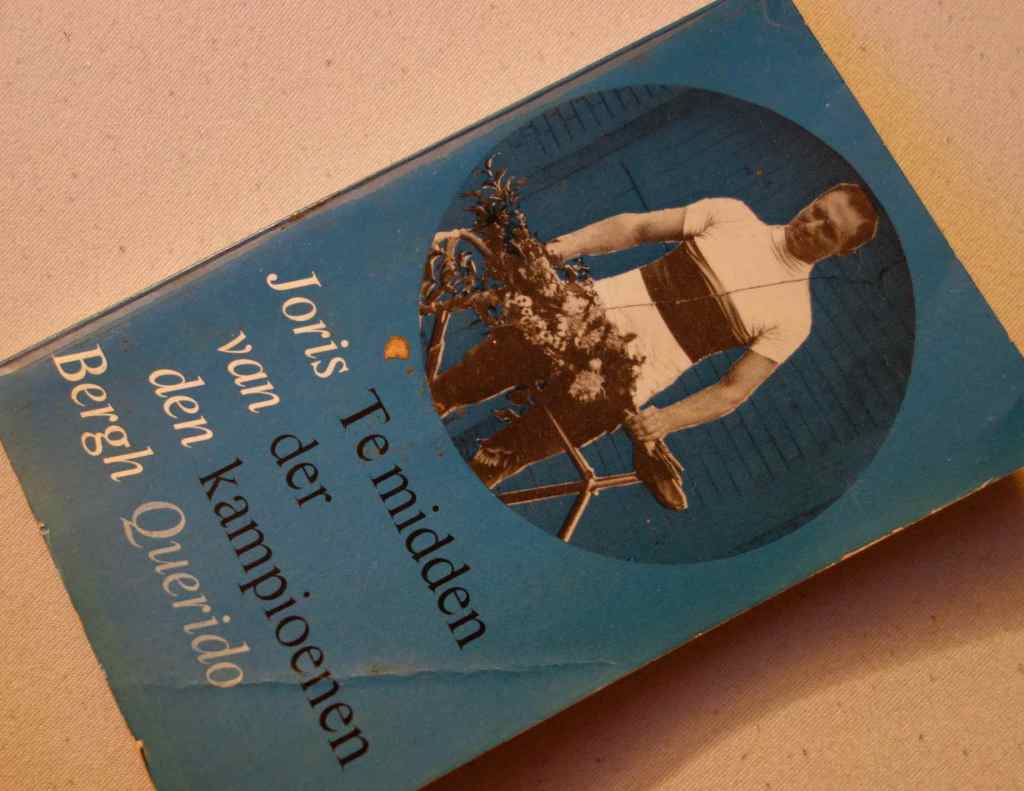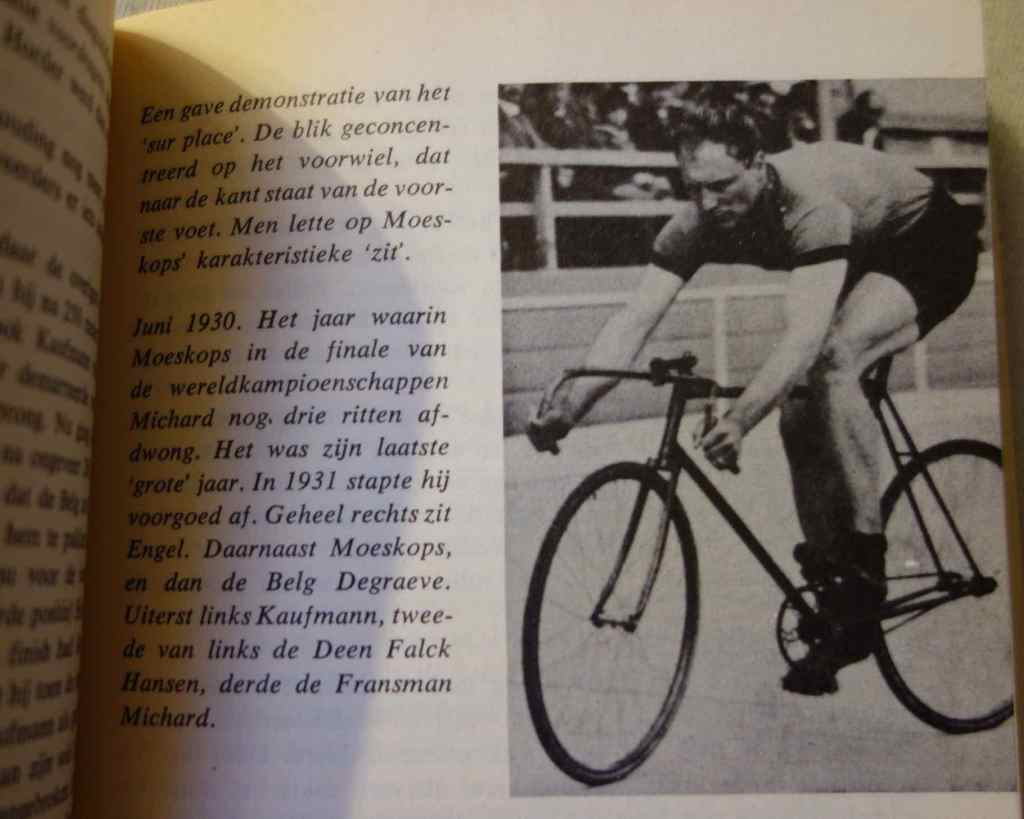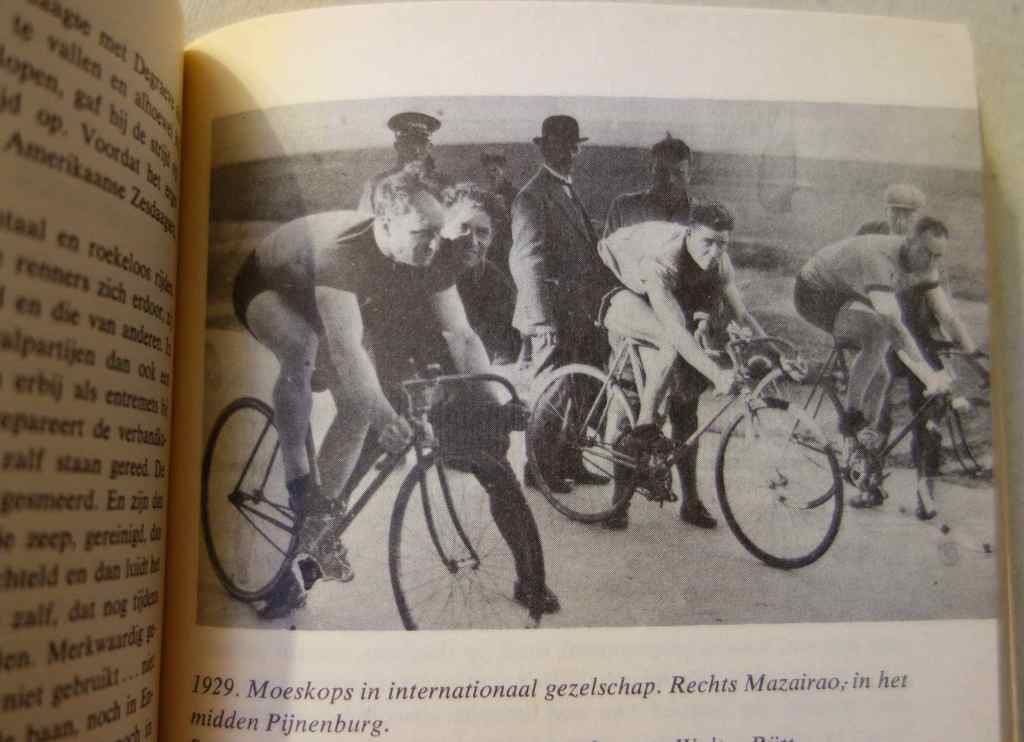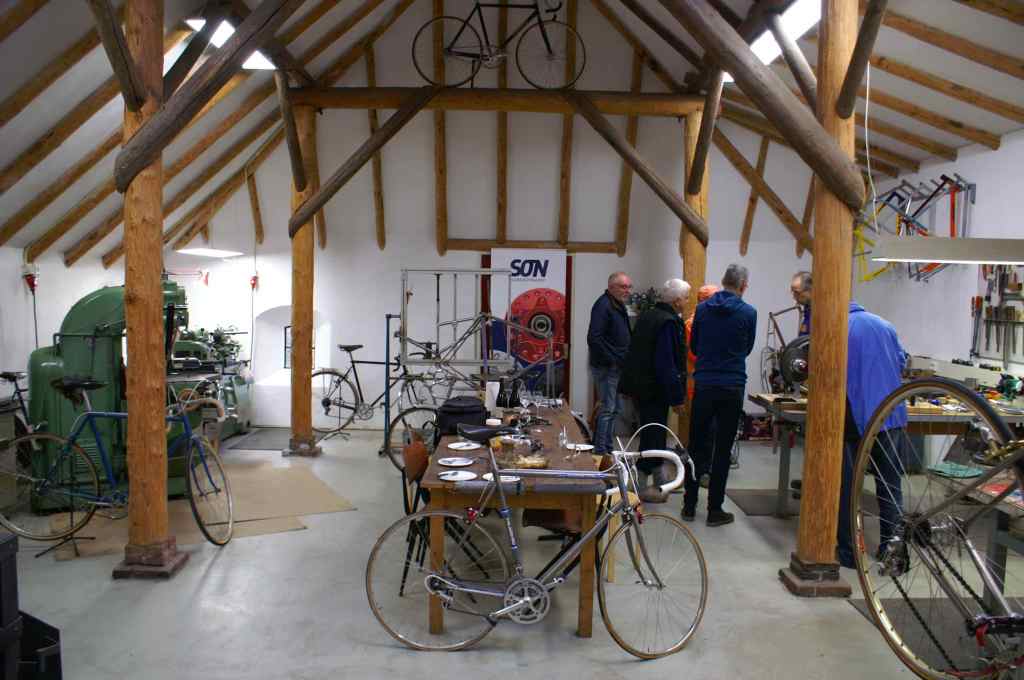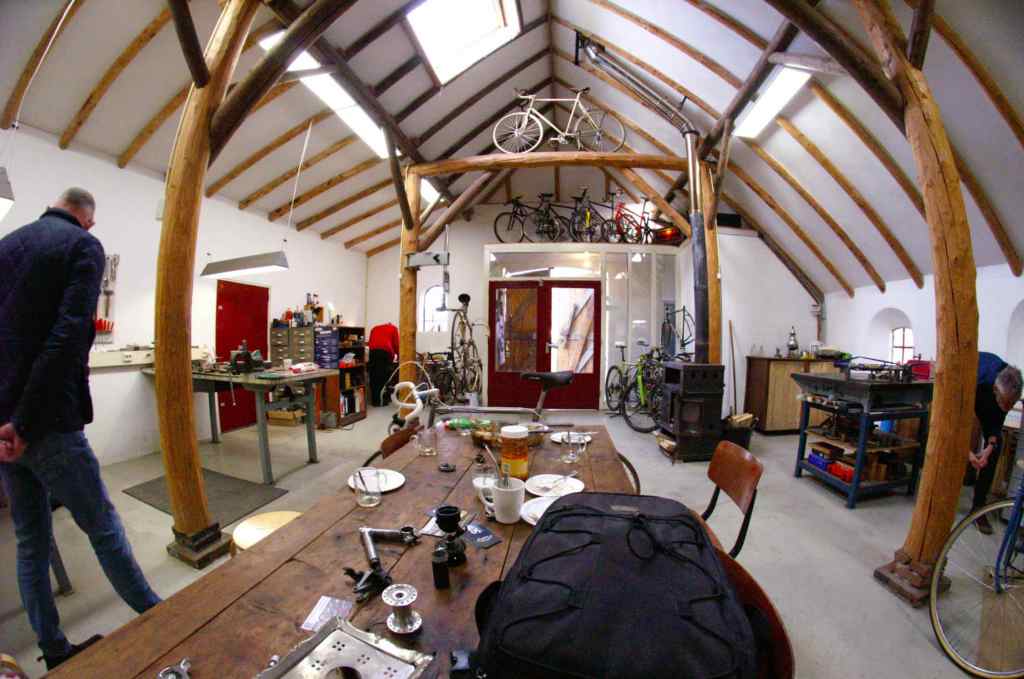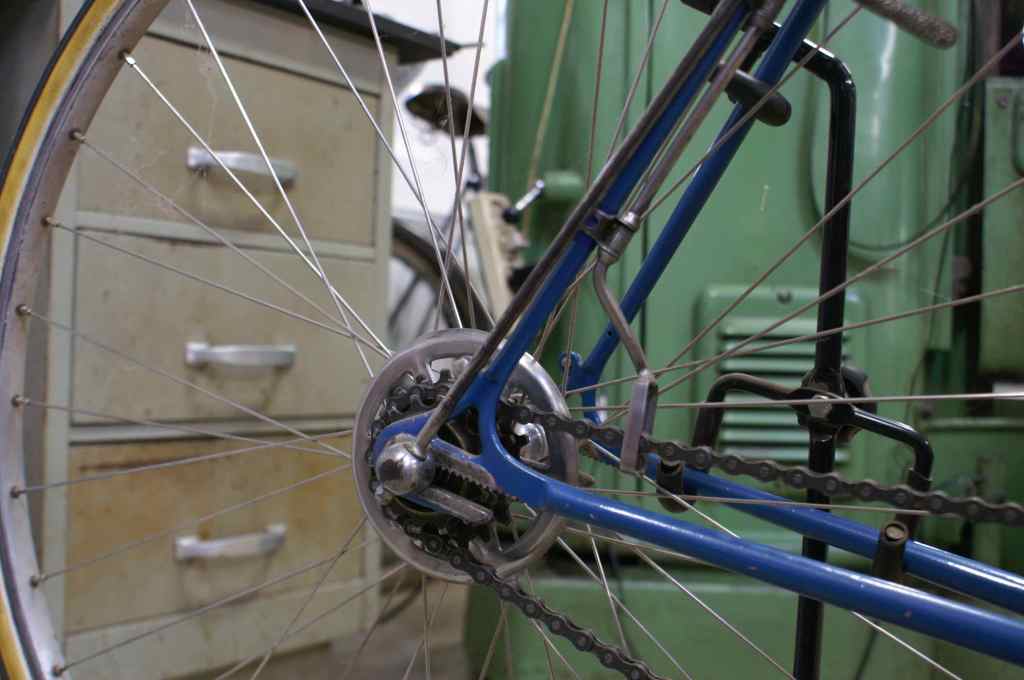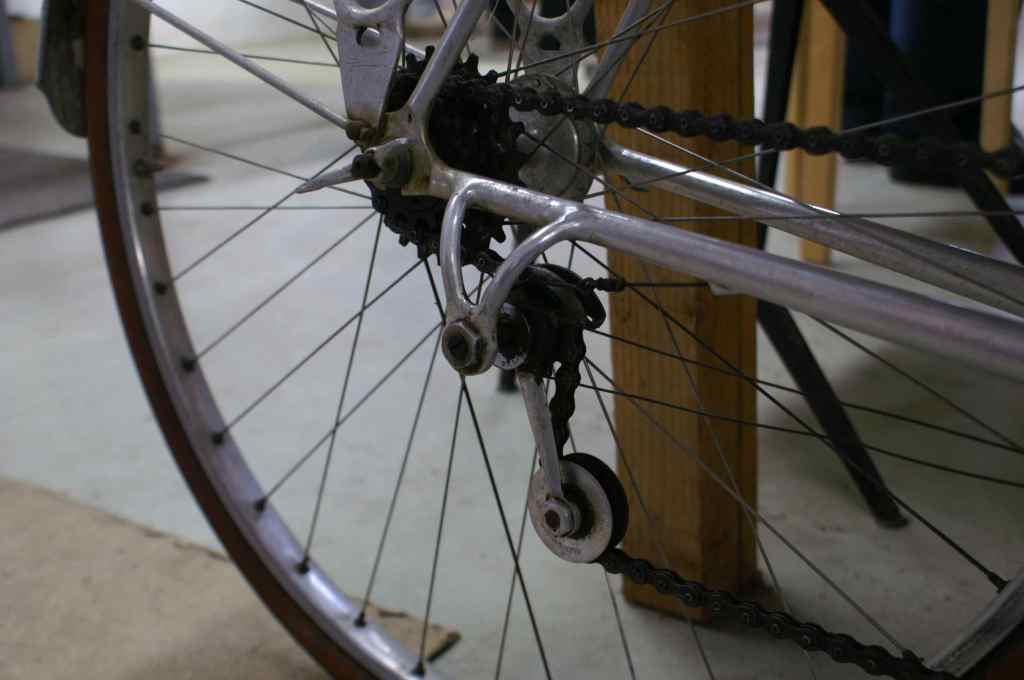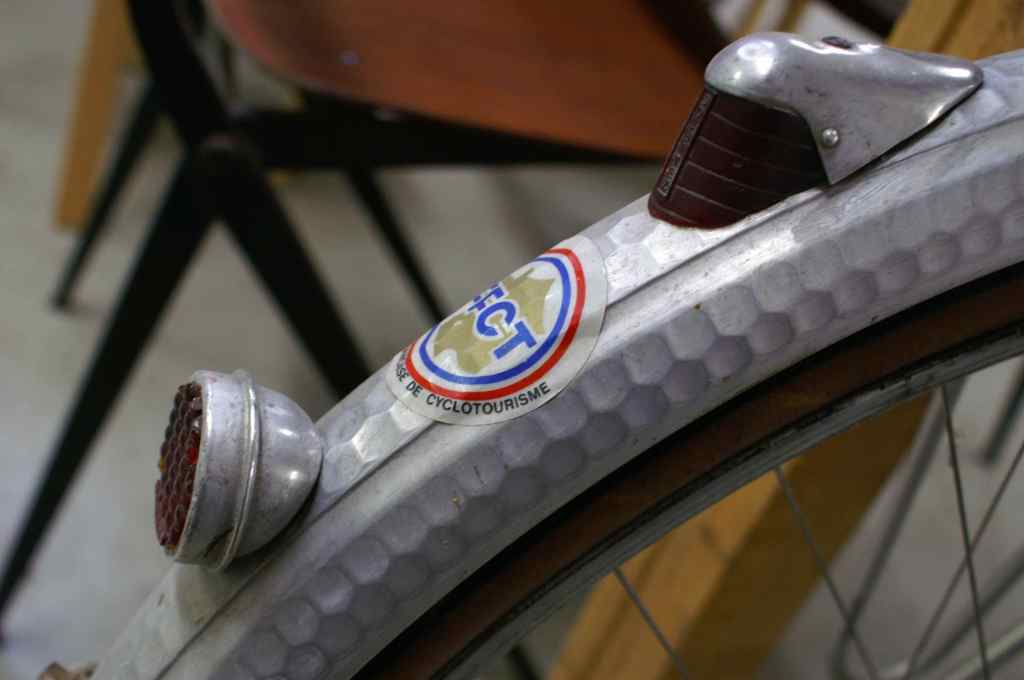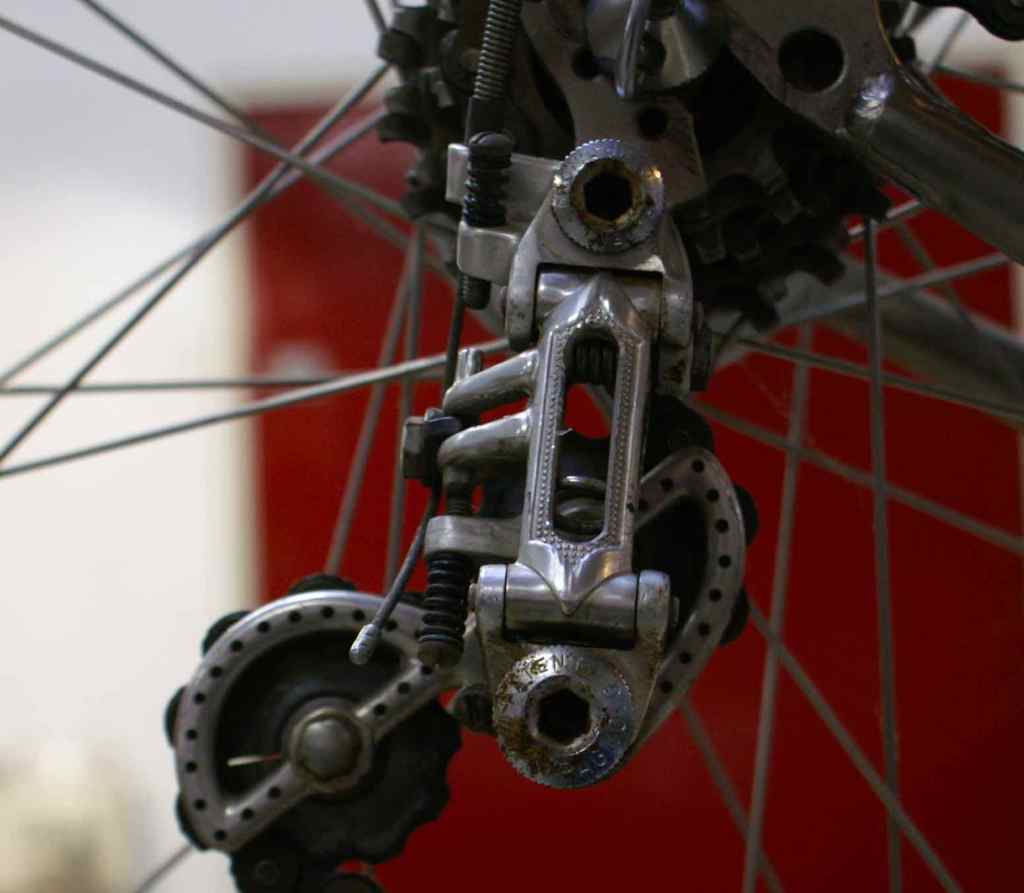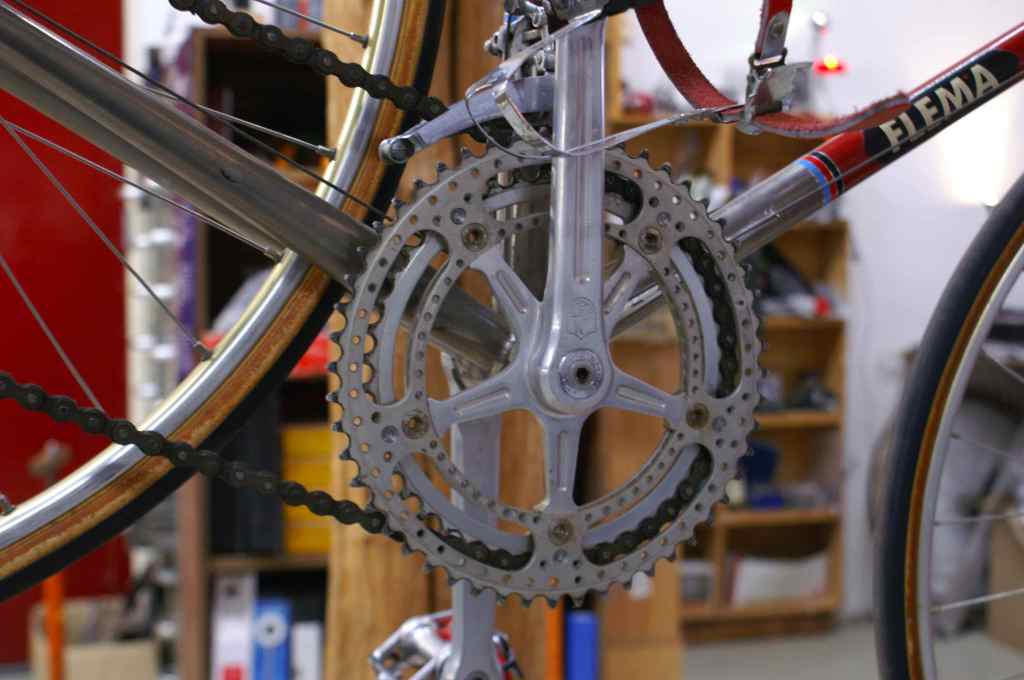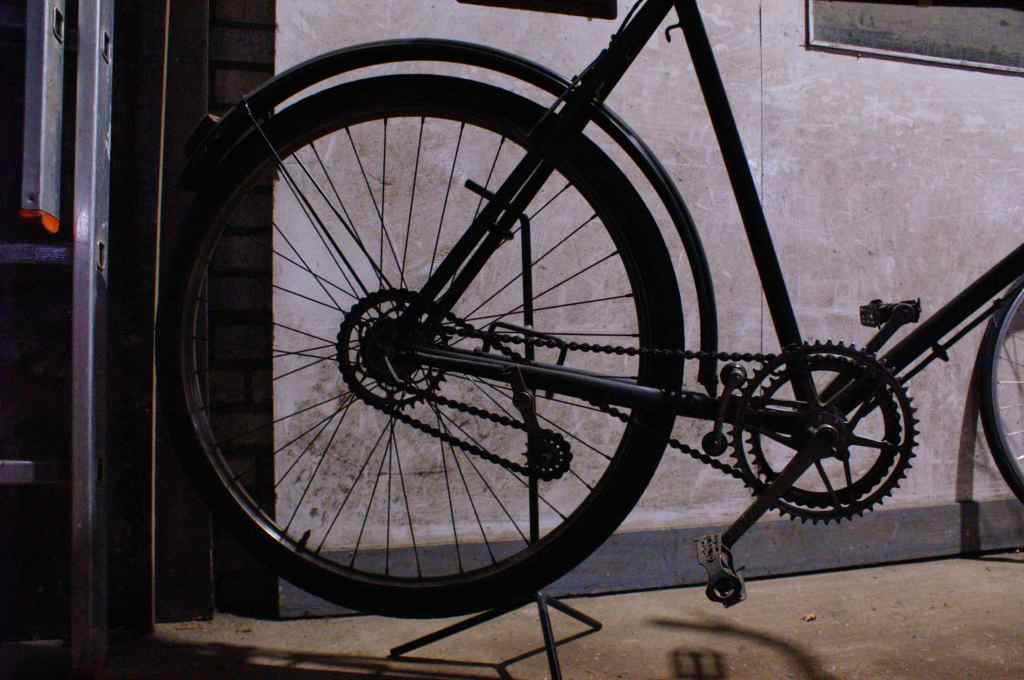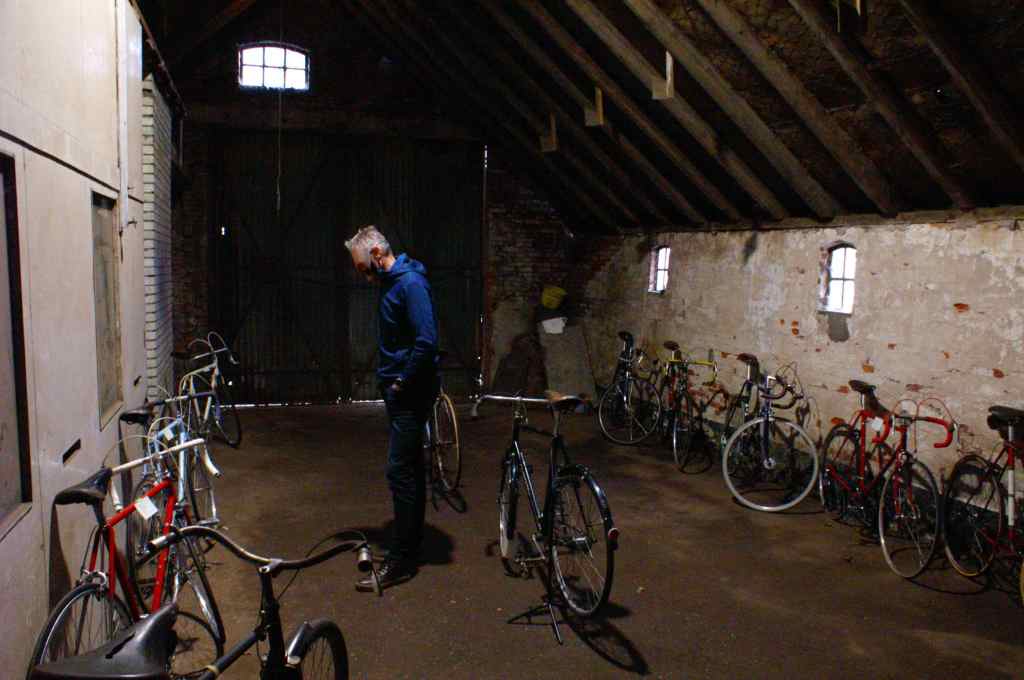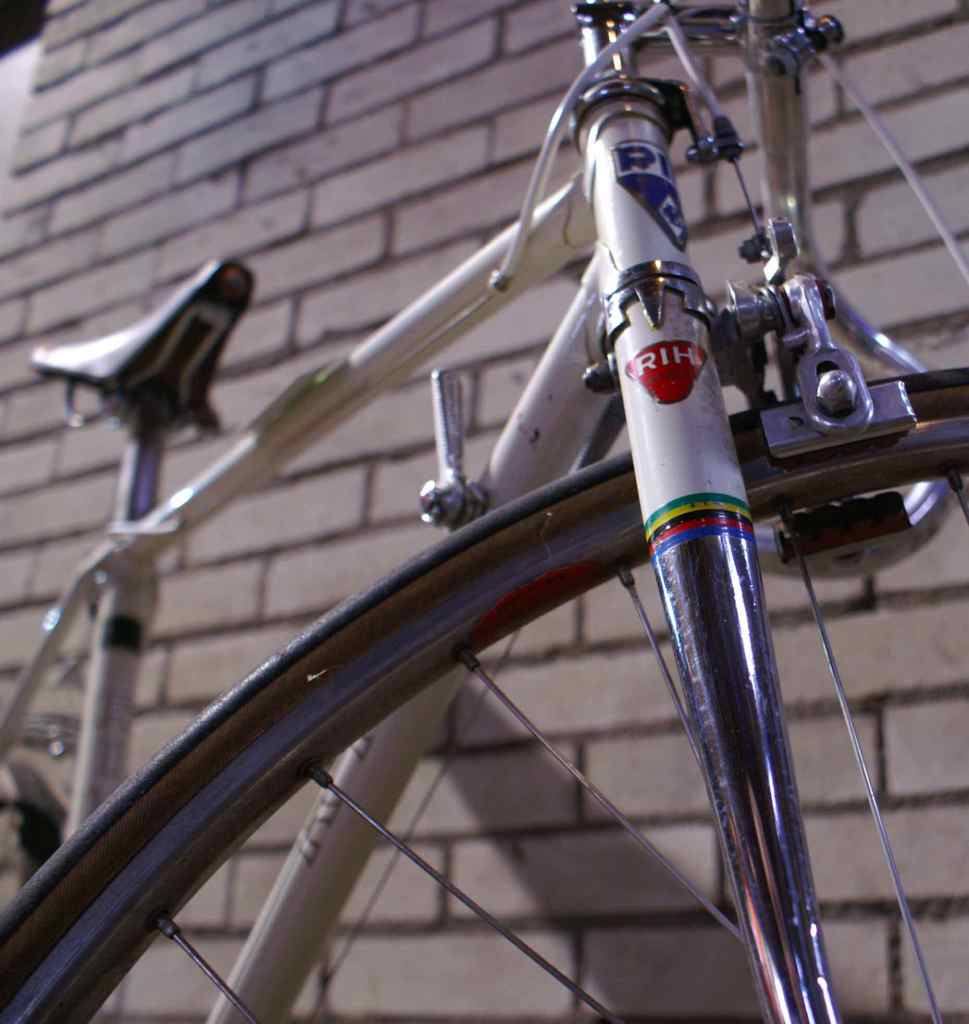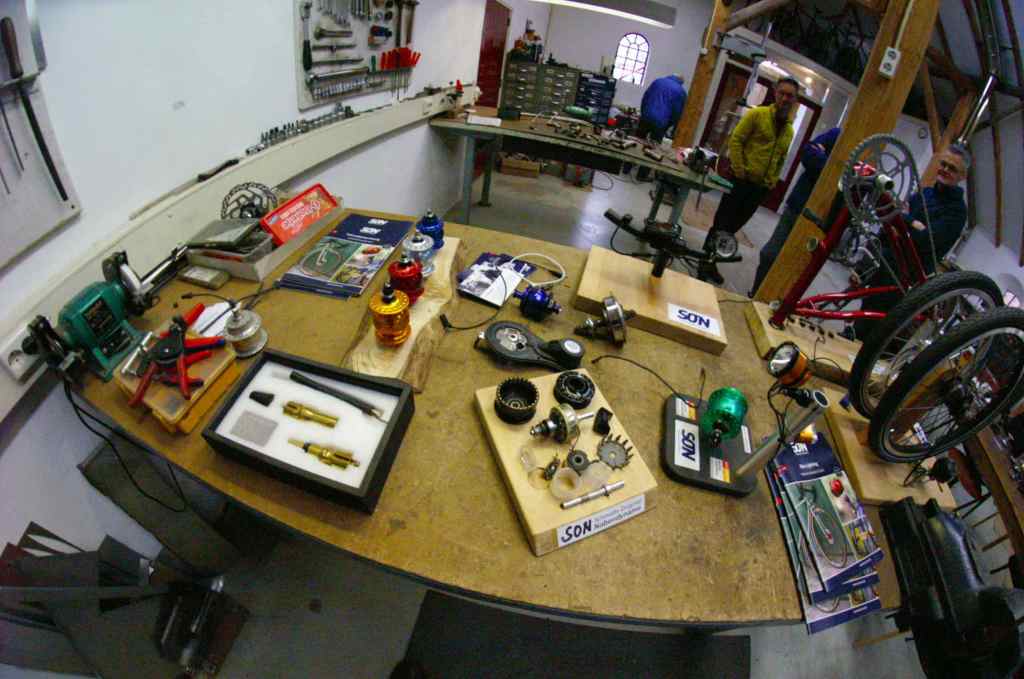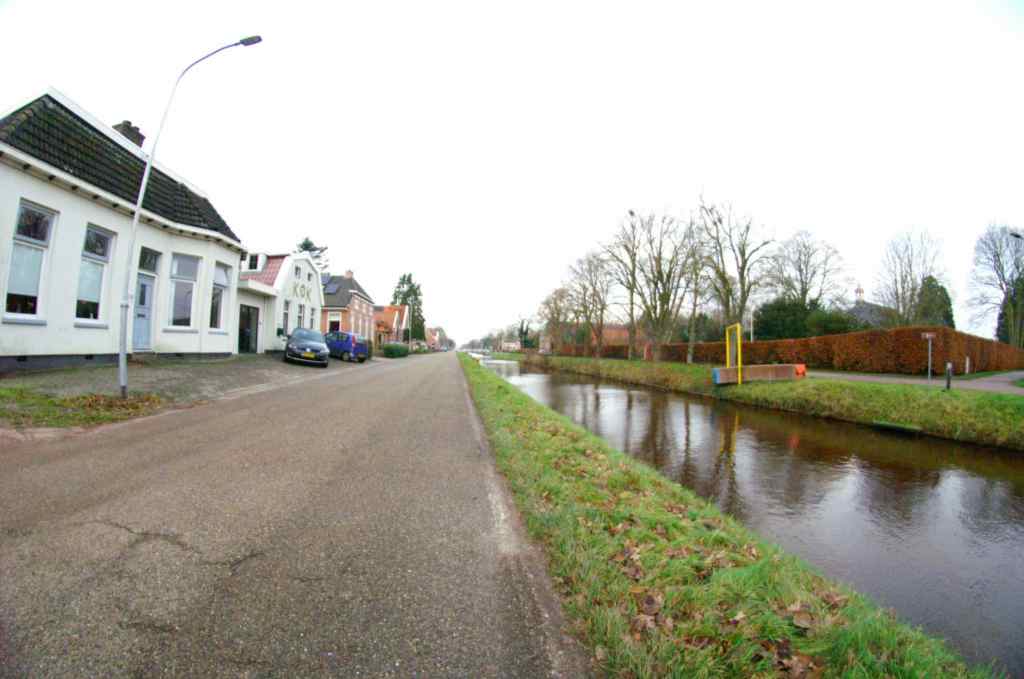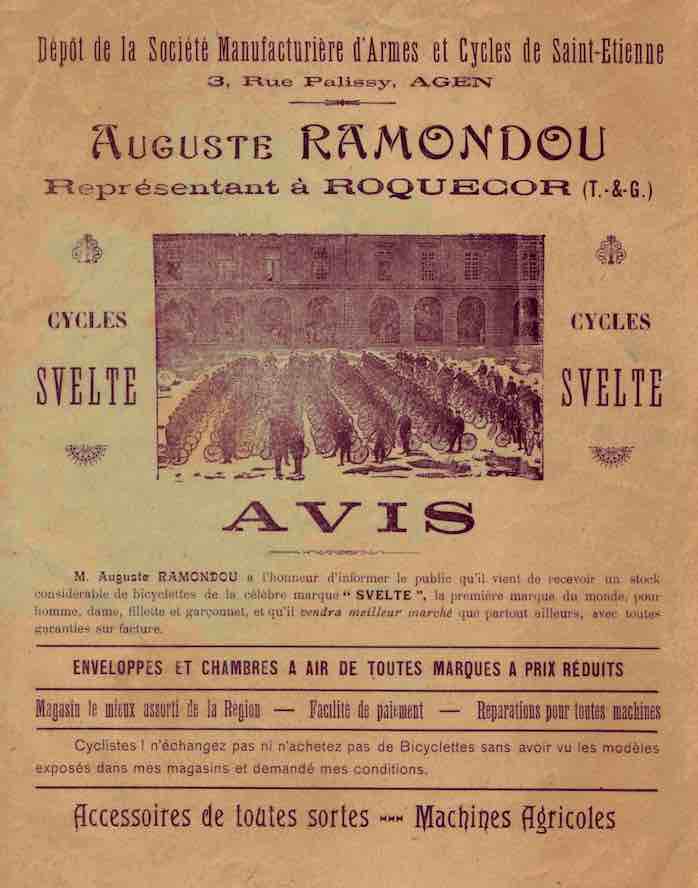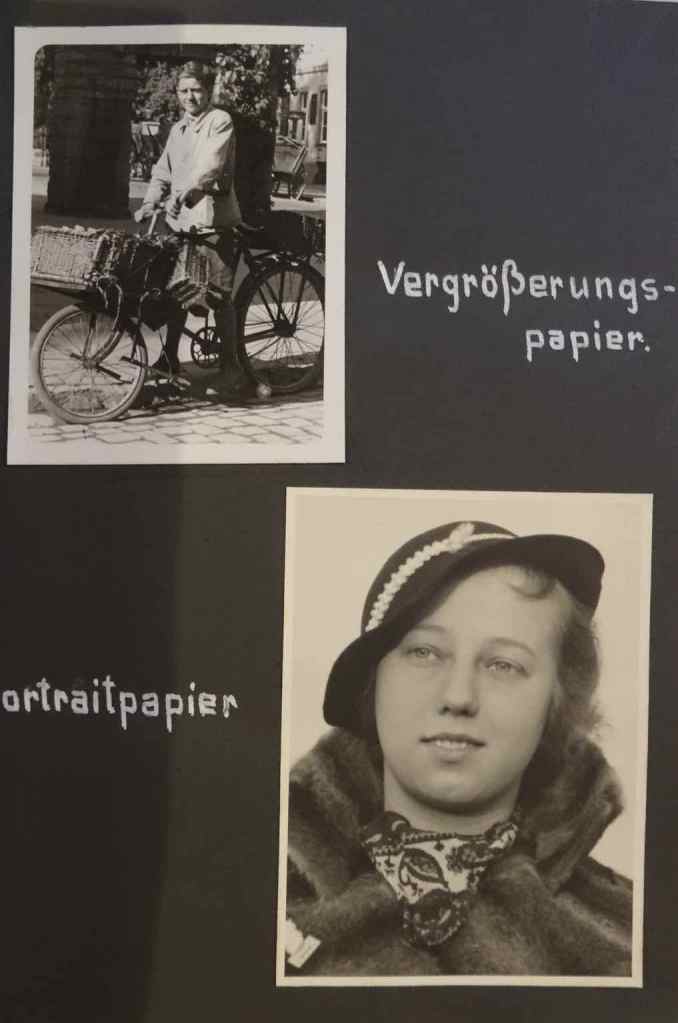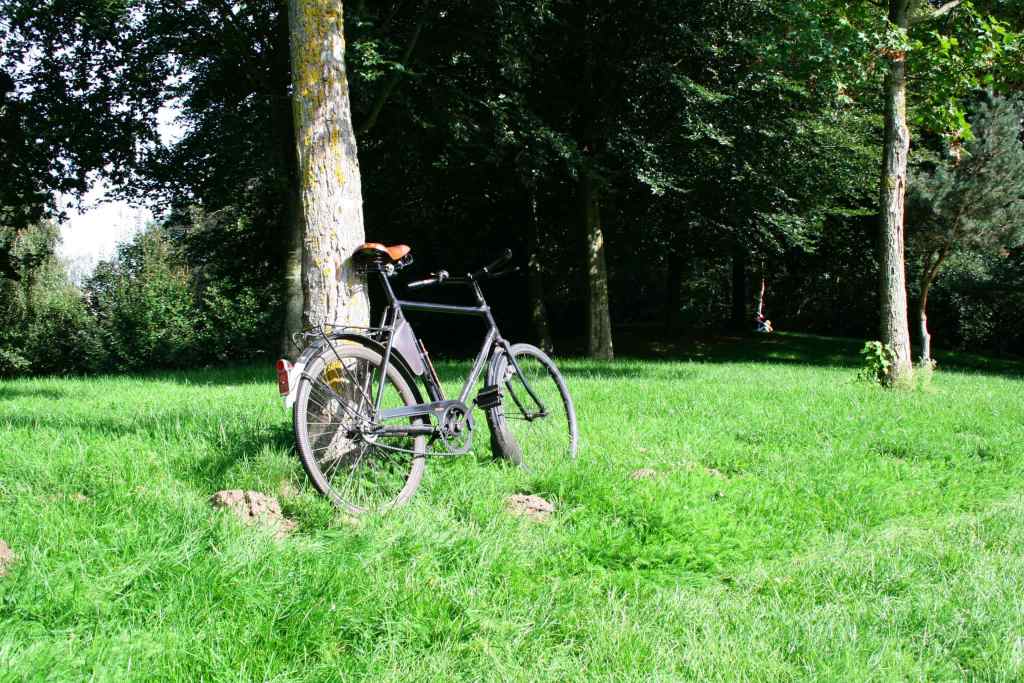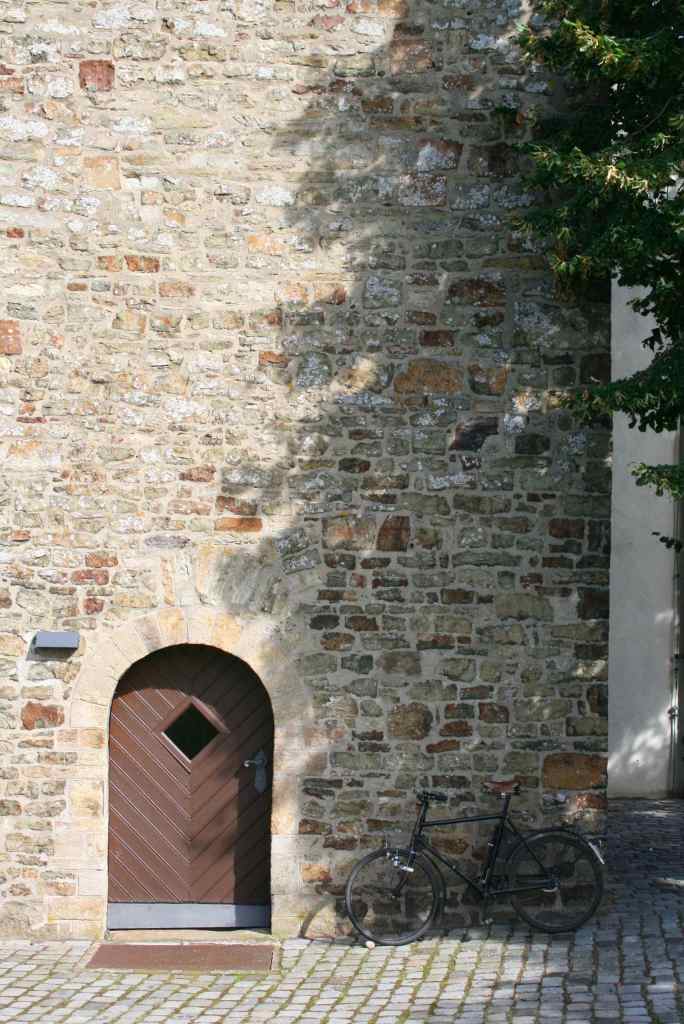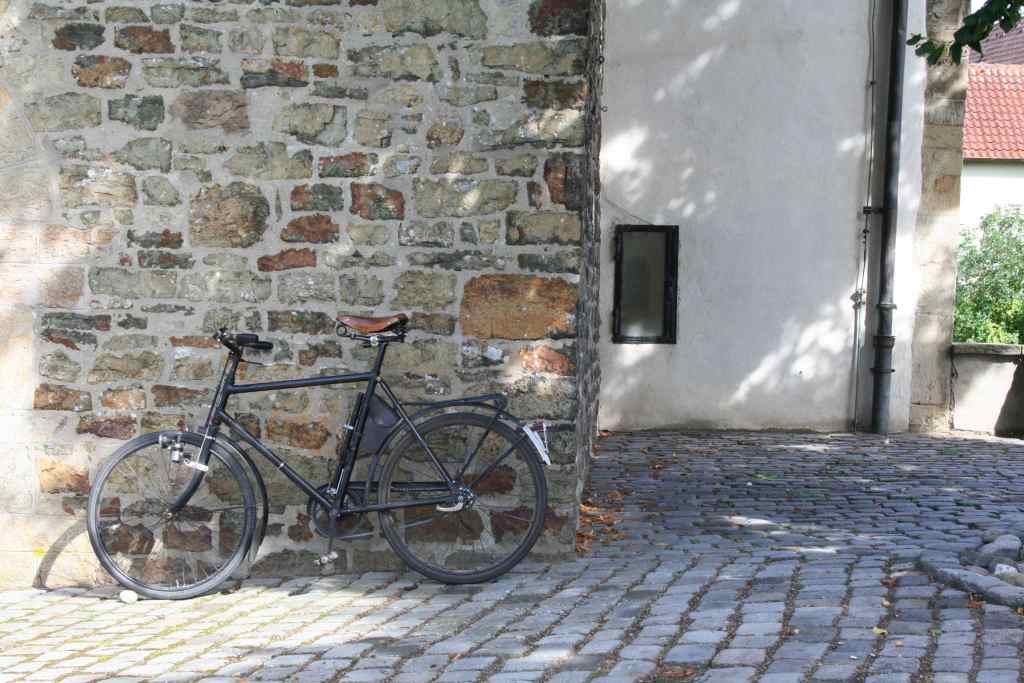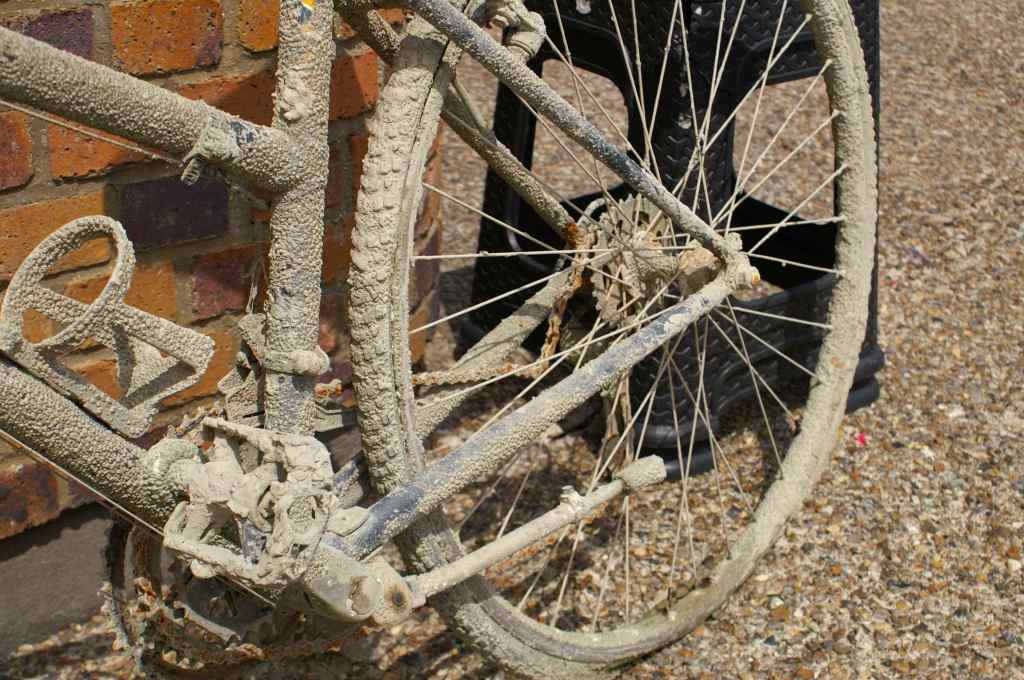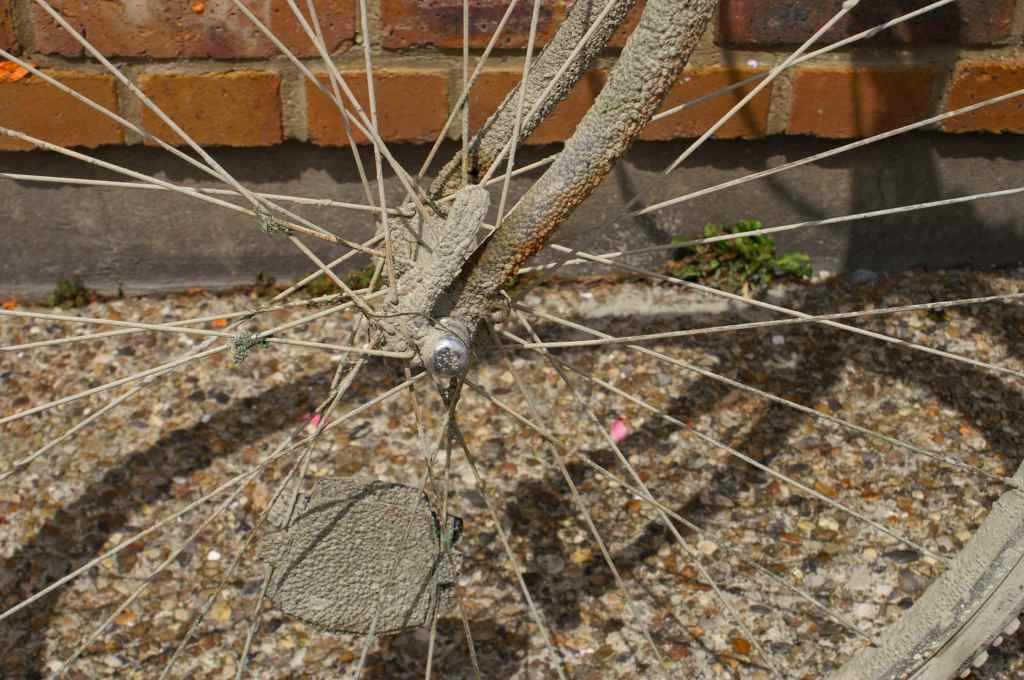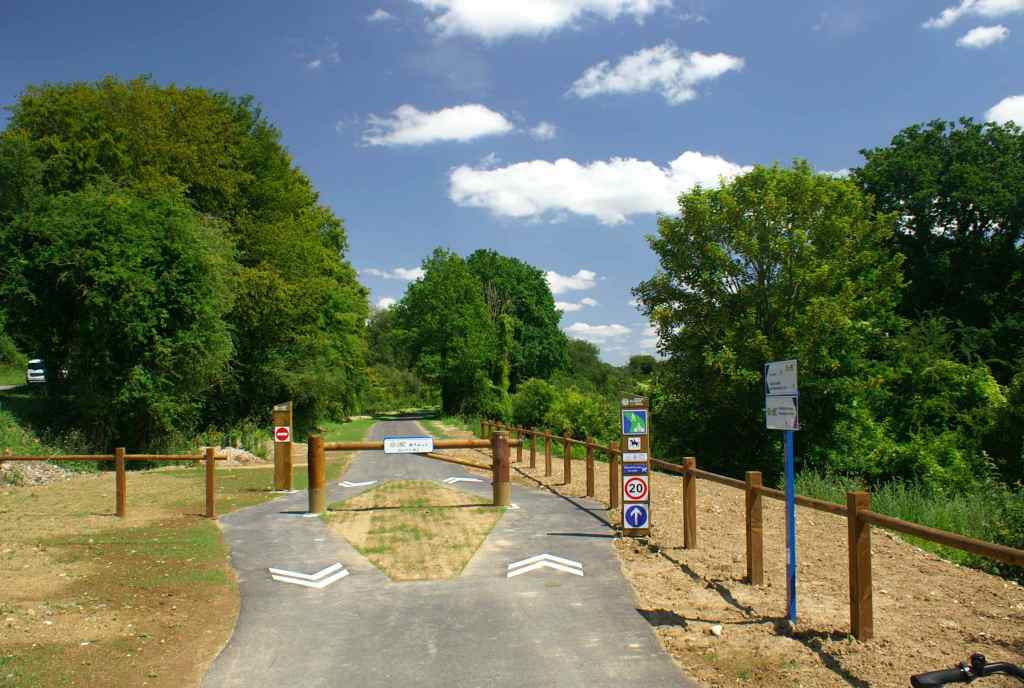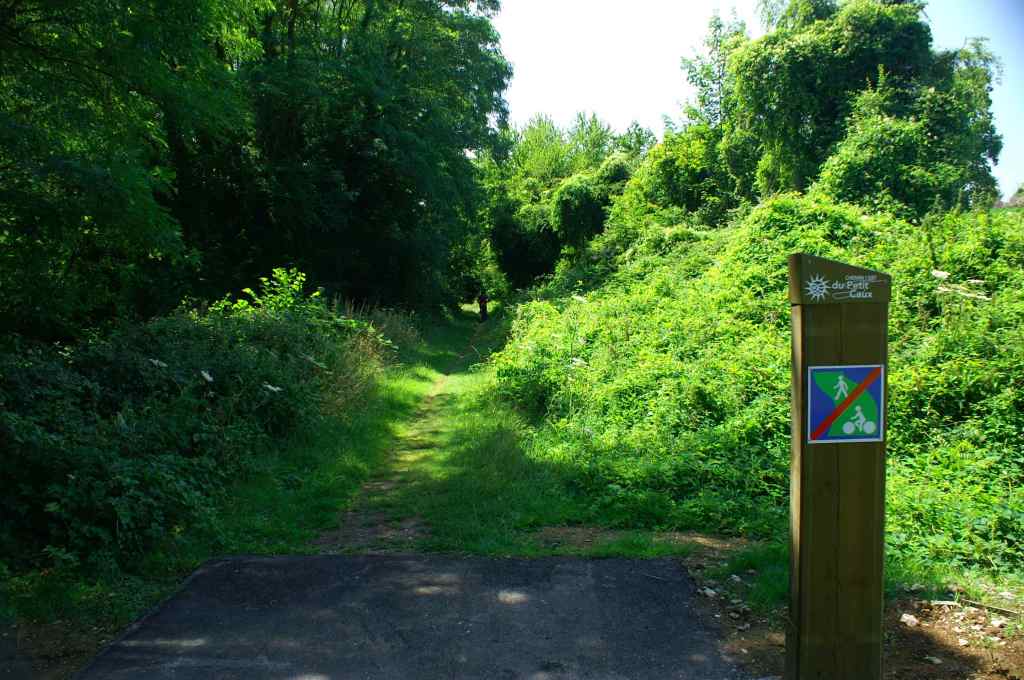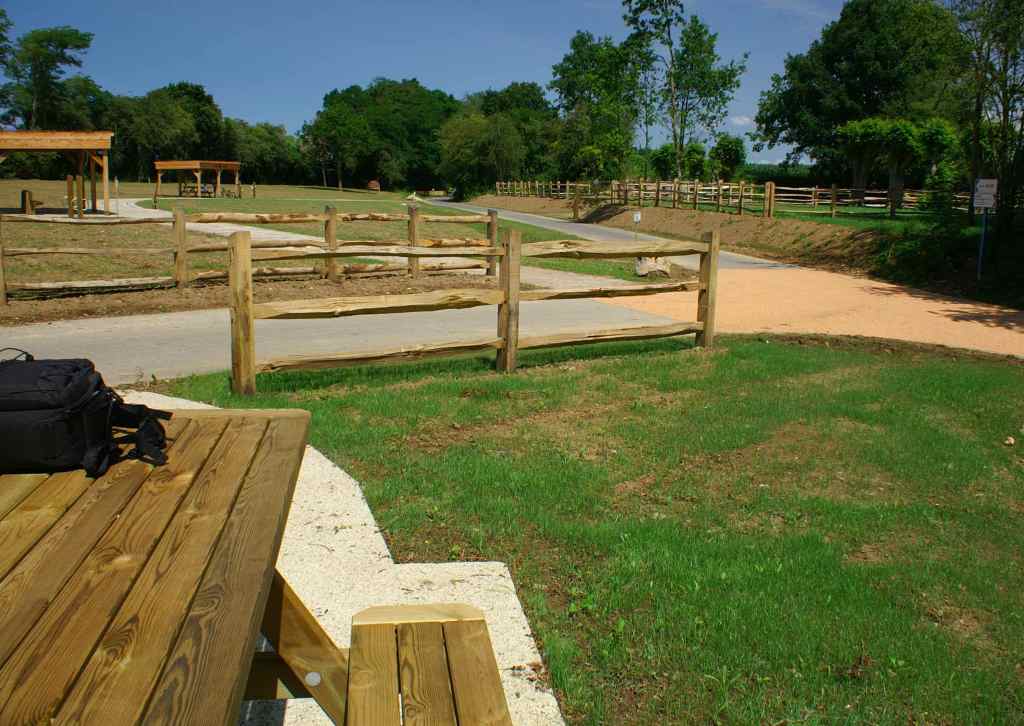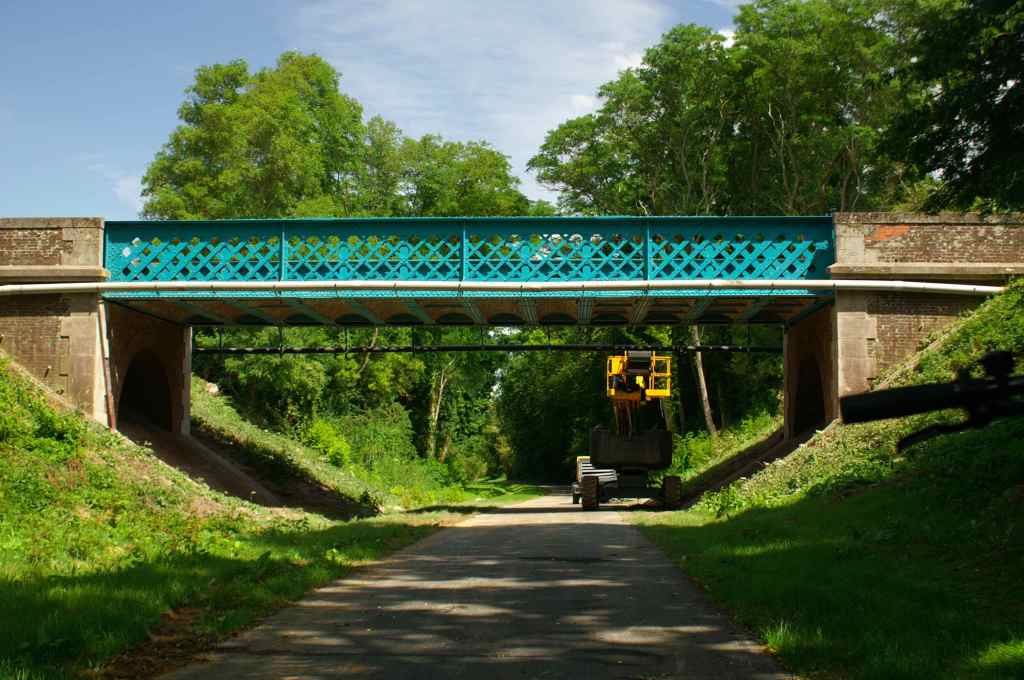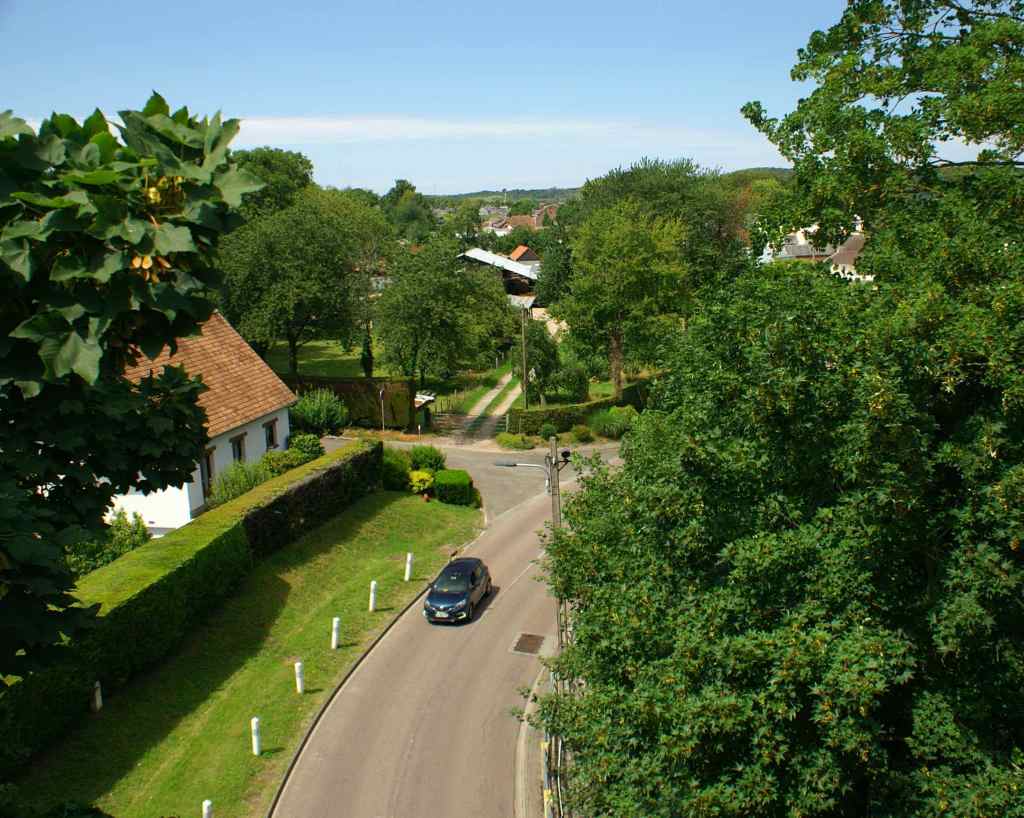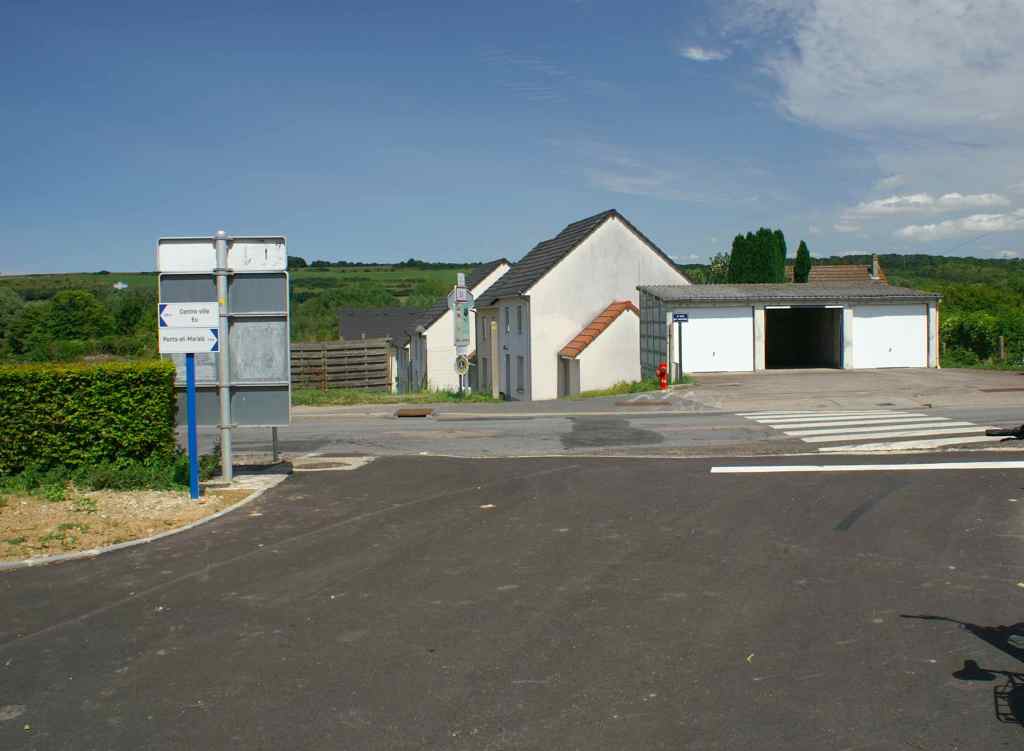So what happens if you find a postcard on your dad´s desk that shows some parts of the village you grew up in?

I imagine it´s about 90 years old – the road signs in the bottom left picture look that old. So what happens? You hop on the bike and take a look at what things look like nowadays.
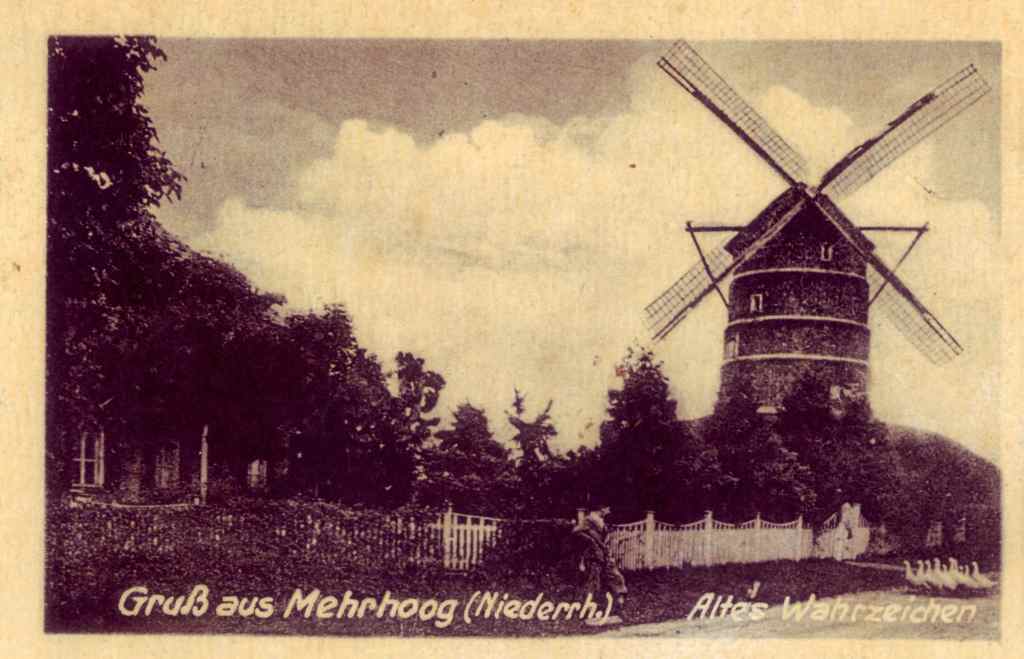
It´s starting with a disappointment: The windmill was destroyed in WWII during Operation Plunder (https://en.wikipedia.org/wiki/Operation_Plunder), the huge crossing of the river Rhine (about 4 km as the crow flies) by the allies in March 1945. Boats, gliders, parachutists – you name it. German resistance was fierce, especially in the area where I grew up, and literally no stone was left of most buildings in the surrounding villages.
This is a famous picture of the town of Wesel, about 10 miles / 15 km from my village. I went to school in the (re-built) corner building with the tower near the centre of the picture just above the crater field. (Public domain / USAAF – taken from the wikipedia article mentioned above.)

But back to the village. Many villagers were killed, along with thousands of soldiers. I remember that the ruin of the windmill was still around, but now there is a built up area where it used to be.
Next, the train station. There used to be a 19th cent station building which I remember from my youth.
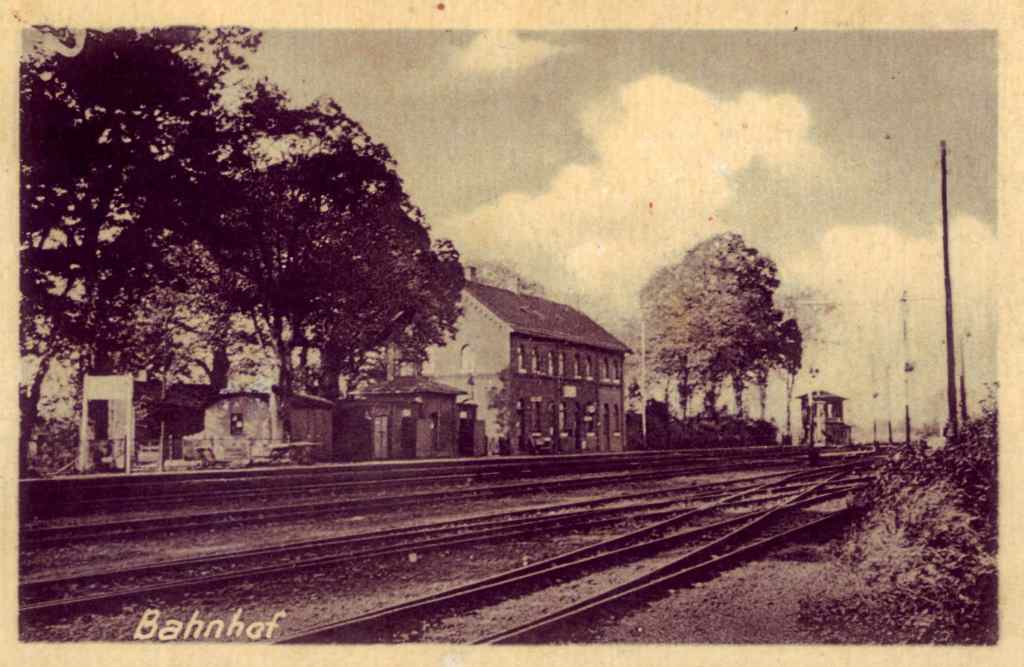
This is what the “station” looks like today, sidings gone, building gone:

Now the big crossroads, a few 100 m outside the village as such. Used to be Provinzialstraße (District Road), then Bundesstraße 8, now Landesstraße 7.


The school building mentioned in the postcard caption is still there, albeit enlarged and rebuilt.
Lastly a memorial to a battle that took place in 1758 where the village now is.


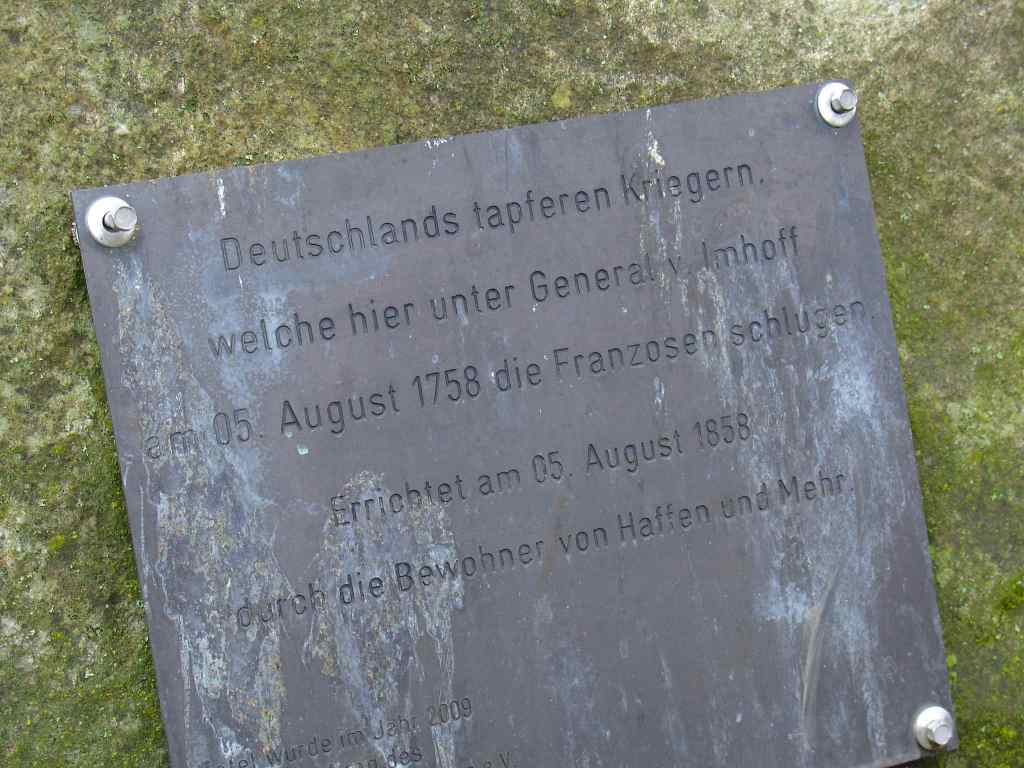
And for good measure another postcard, hanging on the wall in a restaurant, showing the village in the sixties I assume.

The school is the one I went to between ages six and ten; nowadays it is used as living quarters for newly arrived refugees. My mother taught there for more than 30 years. I know for sure that the swimming bath is no longer there, and you know the station already.
I will add to this post when / if I modern views of the school and Bahnhofsstraße.
